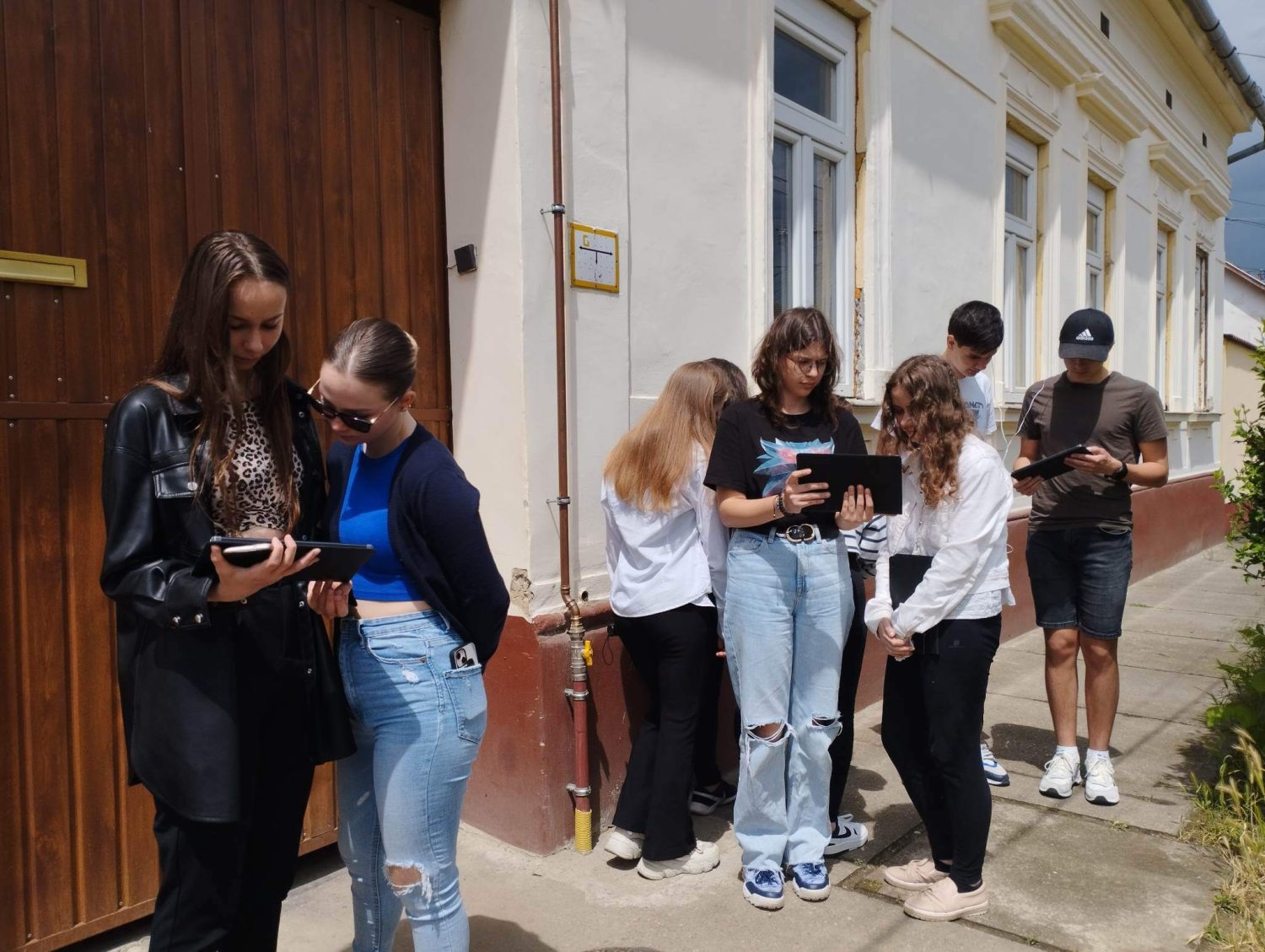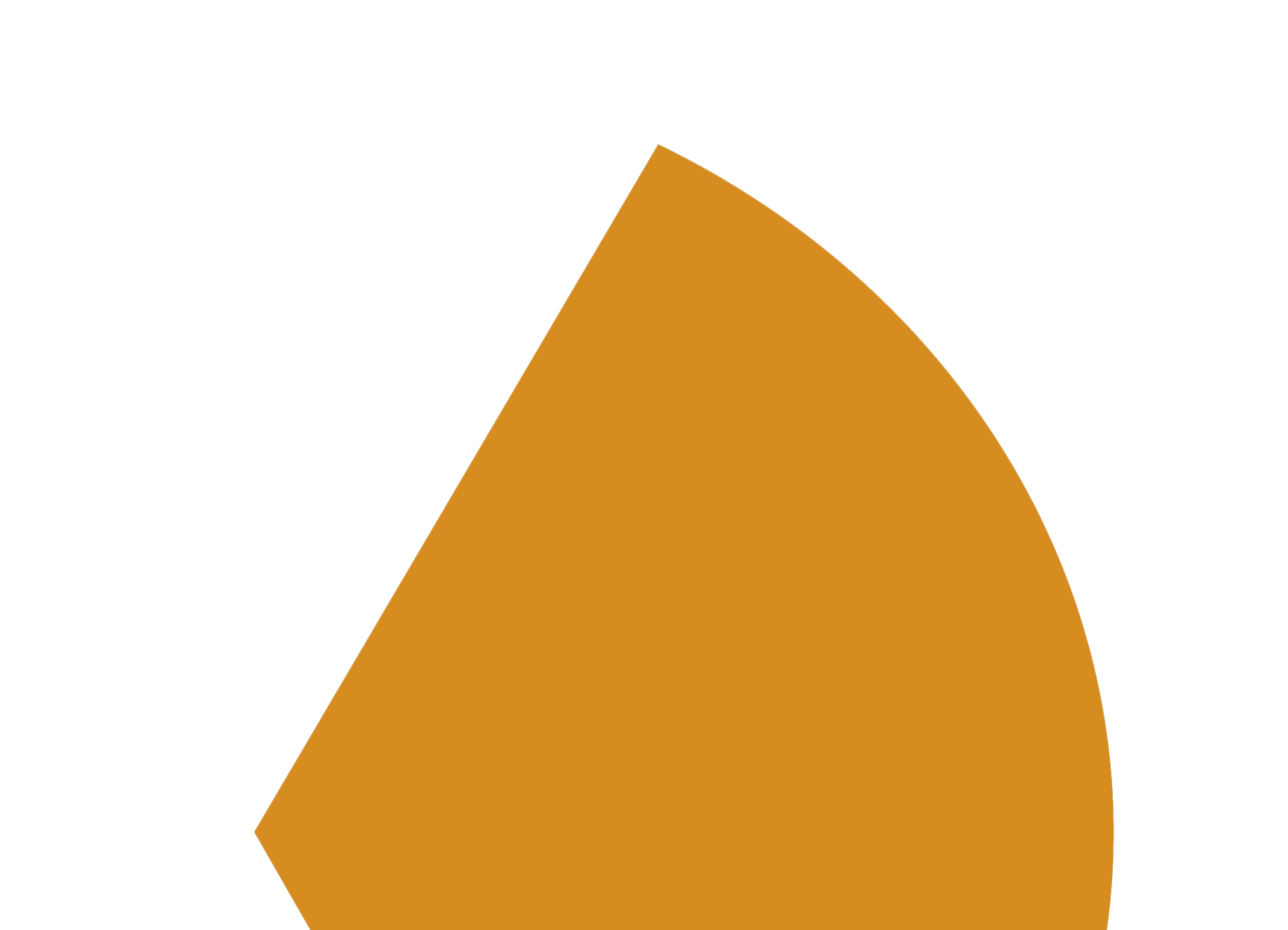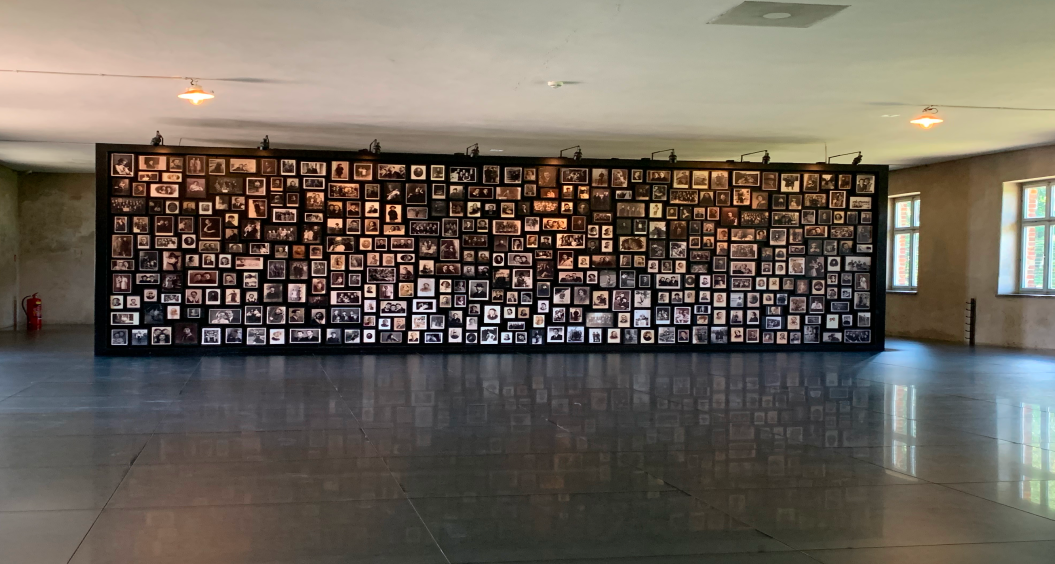


IWalks: A digital tool is bringing stories of the past to a location in the present
Thanks to an IHRA grant
Finding ways for students to connect to Holocaust history is crucial to keeping its memory alive. IWalks does that in a creative way by bringing the location, personal memory, and pedagogy together.
“We lived at 30 Wesselényi Street. It was a big three-story building. By my standards, horrendously big. I was terrified of the stairs; I was scared of everything. I was used to a family home with a garden in Óbuda,” Ágnes says as she shares some of her haunting childhood memories from the Budapest ghetto.
30 Wesselényi Street was a building in the Budapest ghetto in 1944, and Ágnes Kun was forced to live there in cramped quarters with many other Hungarian Jews. Today, the street is lined with shops and cafes. Though it’s no secret that the area used to be part of the ghetto, unsuspecting passersby likely would fail to appreciate how much it impacted the lives of so many. However, for those students who find themselves midway through the Jewish Quarter Budapest IWalk tour, the history is palpable.
“We were not allowed to go near the window,” Ágnes continues as students stand at the house’s doorstep, looking up at those very same windows. “We lived on the third floor, I believe. If they noticed that some Jewish ‘ghetto-fodder’ tried to look out the window they would shoot up at us. And being injured was not the only danger, but also that it would be cold, though we didn’t have heating anyway.”
30 Wesselényi Street is just one of seven stops through the center of what used to be Budapest’s Jewish quarter. IWalks like this one guide students through Holocaust-related sites in their communities. At each stop, users listen to video testimonies from Holocaust survivors, read short overviews to get a sense of what took place at the exact location where the students are standing, and answer questions that help them reflect and build critical thinking skills.
That is, students learn about Ágnes’ experience living at 30 Wesselényi Street while standing in front of 30 Wesselényi Street, her story transmitted via her video testimony, recorded in 1999 for the USC Shoah Foundation’s Visual History Archive. The IWalk, which the International Holocaust Remembrance Alliance (IHRA) supported with an IHRA Grant while it was still a prototype, localizes Holocaust history, allowing students to connect with the past at a time when many worry it is being forgotten.
“The Holocaust happened everywhere in Europe. And that means it happened around the corner,” says IHRA delegate Andrea Szőnyi, Director of the Zachor Foundation for Social Remembrance, an educational NGO in Hungary. “But we were seeing students approach the Holocaust the way they would the French Revolution: like something that has very little to do with them, something that took place somewhere else and a long time ago.”
Szőnyi and her team at the Zachor Foundation wanted to give teachers another way to supplement their in-classroom lessons to help students meaningfully engage with this difficult, complex history.
For years, Szőnyi had served as a consultant on international education for the USC Shoah Foundation, meaning that she had intimate knowledge of how to use survivor and witness testimony when developing educational programs on the Holocaust. Because personal stories make it more likely that people also learn the facts, Szőnyi knew testimony would be a good place to start. She and her team soon realized that when survivors talked about their experiences, they would mention specific places – like 30 Wesselényi Street. This felt like the key to the puzzle.
“What would happen if we could connect stories from witnesses of the past to a location in the present?” Szőnyi wondered. “Like the testimony of a survivor who attended a specific school with the students who attend that school today? Or the story of a destroyed synagogue and the building that has replaced it?”

Drawing upon the extensive Visual History Archive of the USC Shoah Foundation, the Zachor Foundation, supported by an IHRA Grant, developed a program for the USC Shoah Foundation’s IWalk app called “Local History – Personal Memory.”
“From a pedagogical point of view, we knew this would have an impact. But we had to prove it. The USC Shoah Foundation had already developed a prototype app so with this funding we could use that platform and add the first content elements,” Szőnyi said. And because IHRA Grant projects must have an international dimension, the app launched with guided tours to accompany Holocaust Memorial Day activities in multiple countries: the Czech Republic, Hungary, Poland, Romania, and Ukraine.
“The IHRA Grant forced us to pay close attention to multiple local historical contexts. We had to go beyond simply using local testimony, and think about if there were local narratives that the guided walks could help unpack or add context to,” Szőnyi explained.
This approach to localization, coupled with a shared methodology, made it easy for the program to expand. “It didn’t take long for organizations in other countries to want to develop walks for their communities,” Szőnyi said.
The IWalk app has become a flagship international educational program of the USC Shoah Foundation with multiple partner organizations, including the Zachor Foundation, that develop local history IWalks in their locations. It now features over 60 guided walks in 14 countries.
Szőnyi hopes the project will continue to grow. “The potential here is really endless. There are IWalks in countries outside of Europe around symbolic sites like museums and memorials. Testimonies are life stories, after all, so a guided walk on emigration and escape would also be something we could put together.”
But perhaps the greatest sign of success is in how the project has empowered teachers to educate their students about the Holocaust. In many schools in those initial five countries, IWalks are now part of the regular Holocaust education curriculum. “We received feedback from one teacher the other day, saying how in their school in Hungary all 8th graders are taken on an IWalk every April,” Szőnyi says. “And that listening to the story where it happened helps their students not only emphathize and interpret the context better, but also discuss it more amongst each other. The IWalks’ local approach creates connection.”
IWalks make such connection more possible than ever. No matter where in the world they may be, IWalks help students realize a fundamental truth: The Holocaust happened around the corner.
Find out how to apply for an IHRA Grant.
Find more information about the Zachor Foundation at www.zachor.hu
Learn more about IWalks at https://iwitness.usc.edu/sites/iwalk and https://www.zachor.hu/setak
Sign up to our newsletter to
receive the latest updates
By signing up to the IHRA newsletter, you agree to our Privacy Policy




